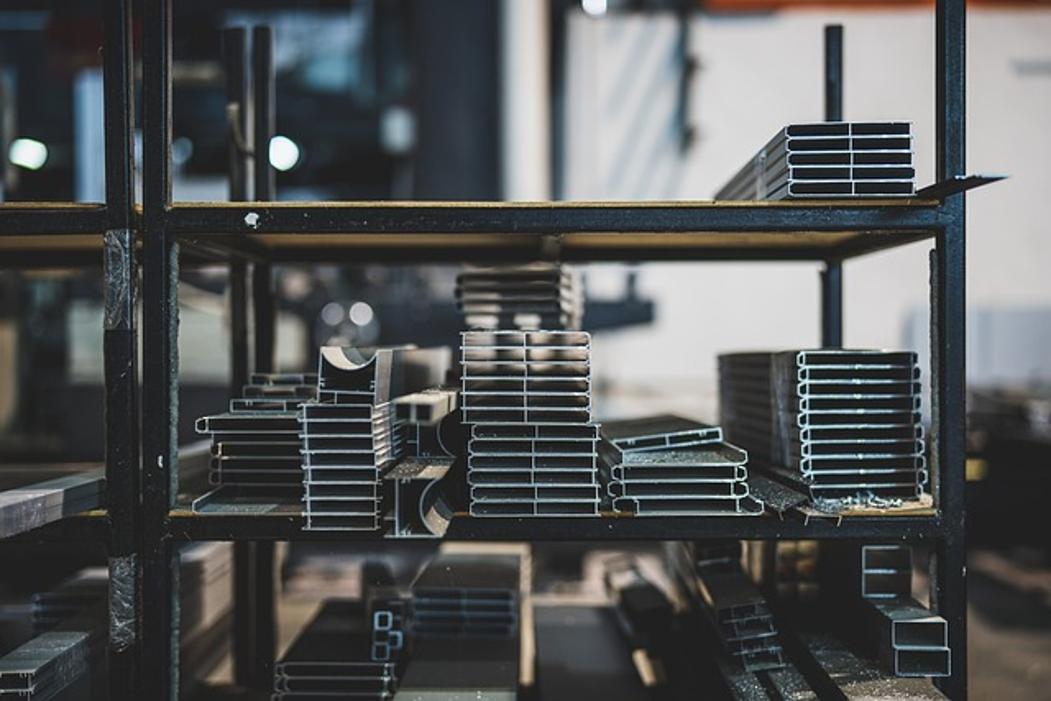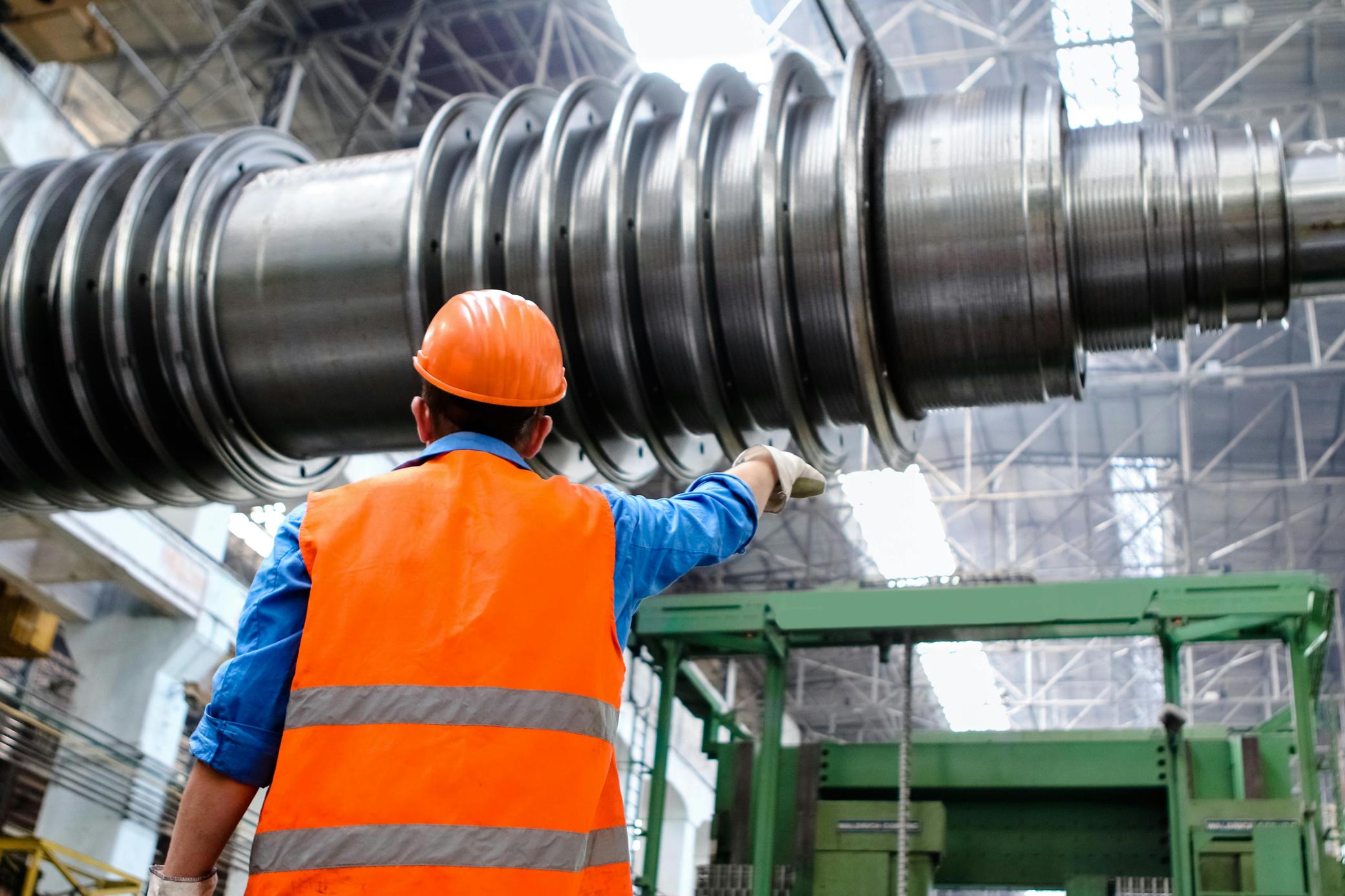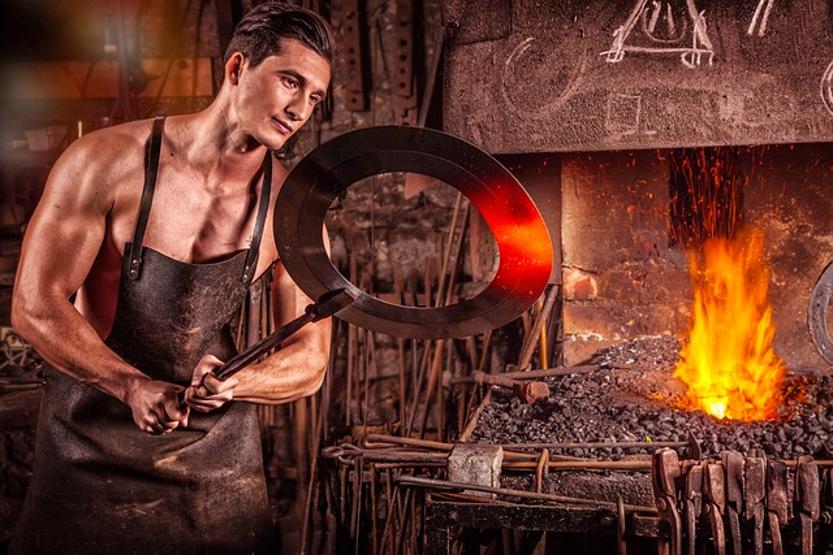How Does an Iron Work: The Ultimate Guide to Garment Care
Introduction
The household iron is an indispensable tool for maintaining the quality of our clothes. Knowing how it works and understanding its functions can dramatically improve garment care. This comprehensive guide delves into the basics of how an iron functions, explores its key components, and highlights the science behind ironing. Additionally, we’ll compare different types of irons and garment steamers, offering best practices for optimal use. Keep reading to become an ironing expert and ensure your wardrobe remains crisp and wrinkle-free.

The Basics of How an Iron Works
An iron works primarily by using heat and pressure to remove wrinkles from fabrics. When you plug in an iron, electricity heats up the iron’s soleplate. This heat is then transferred to the fabric, relaxing the fibers and making it easier to press them flat. By moving the iron back and forth, the heat is evenly distributed, providing a smooth, wrinkle-free finish.
An iron typically features adjustable heat settings to cater to different types of fabrics. This is crucial because not all materials can withstand the same amount of heat. For instance, delicate fabrics like silk require lower temperatures, whereas robust fabrics like cotton can handle higher heat levels. Irons may also come with a steam function, adding moisture to the fabric to further relax the fibers for easier ironing. This combination of heat, pressure, and steam makes the iron an effective tool for garment care.

Understanding the Key Components of an Iron
Understanding the various components of an iron can be incredibly helpful. The primary parts include:
- Soleplate: This is the flat, heated surface that comes into direct contact with the fabric. It is typically made of stainless steel, ceramic, or non-stick materials to ensure smooth gliding.
- Water Reservoir: Found in steam irons, this part holds water which is converted to steam. It’s important to regularly refill this reservoir to maintain steam production.
- Steam Vents: Located on the soleplate, these small holes release steam onto the fabric, enhancing the ironing process.
- Temperature Control Dial: This allows you to set the iron to different heat levels depending on the fabric type. Proper use of this feature ensures you don’t damage delicate fabrics.
- Cord and Cord Swivel: The power cord supplies electricity to the iron. A swivel feature prevents tangling, making it easier to maneuver the iron.
Understanding these components will assist you in selecting the right iron and using it efficiently.
The Science Behind Ironing
Ironing is fundamentally about heat transfer and molecular manipulation. When the soleplate heats up, it transfers heat to the fabric, temporarily increasing the kinetic energy of the fibers. This thermal energy softens the fibers, allowing them to be reshaped under the pressure applied by the iron.
Steam irons add another dimension by introducing moisture to the process. When steam is released from the vents, it penetrates the fabric, breaking the hydrogen bonds between the fibers. This makes the fibers more flexible and easier to press flat. Additionally, the steam helps to lubricate the fabric, reducing friction and making the ironing process smoother.
The science of ironing emphasizes the importance of correct temperature settings. Overheating can scorch fabrics, while underheating may not effectively remove wrinkles. Each type of fabric has an optimal ironing temperature, which is usually indicated on the garment care label. By mastering these scientific principles, you can optimize the ironing process for different fabrics and achieve superior results.
Different Types of Irons and Their Functions
Various types of irons cater to different needs and preferences. The main types include:
- Dry Irons: These are the most basic form of iron, offering simplicity and straightforward functionality. Dry irons do not have a steam function and are best for fabrics that do not require moisture for wrinkle removal.
- Steam Irons: These irons are equipped with a water reservoir and steam vents, making them suitable for a wide variety of fabrics. The steam function helps in relaxing fabric fibers, making wrinkles easier to remove.
- Vertical Steam Irons: These models allow you to iron clothes while they are hanging. The vertical steam feature is particularly useful for delicate fabrics and quick touch-ups.
- Travel Irons: Compact and lightweight, travel irons are designed for portability. They usually have dual voltage settings and are perfect for maintaining garment care while on the go.
- Cordless Irons: These irons offer greater flexibility and maneuverability since they are not tethered to a power outlet. They provide the same features as traditional irons but are battery-operated.
Understanding the different types of irons helps you choose the one that best fits your needs and ensures you are equipped for effective garment care.
Garment Steamers vs. Irons: A Comparative Analysis
Choosing between a garment steamer and an iron often depends on your specific needs. Here’s a comparison to guide you:
- Efficiency: Irons are generally more efficient at removing stubborn wrinkles due to the combined effect of heat, steam, and pressure. Steamers are faster and easier to use for quick touch-ups.
- Ease of Use: Steamers are lighter, more portable, and can be used vertically, making them suitable for delicate fabrics and hard-to-iron garments. Irons require a flat ironing board and more effort to remove wrinkles effectively.
- Versatility: Irons offer more versatility in fabric care. However, steamers are gentler on delicate fabrics and are better for garments with complex folds, pleats, or embellishments.
- Maintaining Fabric Integrity: Steamers are less likely to scorch or damage fabrics as they don’t apply direct heat. Irons, if not used correctly, can cause burns or material shine on certain fabrics.
Balancing these factors will help you decide the best tool for your garment care needs.
Best Practices for Using Irons and Steamers
To ensure the longevity and effectiveness of your irons and steamers, follow these best practices:
- Use Distilled Water: For steam irons and garment steamers, use distilled water to prevent mineral build-up and ensure smooth steam flow.
- Clean the Soleplate: Regularly clean the iron’s soleplate to remove any fabric fibers or dirt. This ensures optimal heat transfer and prevents staining your clothes.
- Check Fabric Labels: Always follow the garment care labels for recommended ironing temperatures and settings to avoid damage.
- Avoid Over-Filling the Water Reservoir: This prevents water leakage and ensures consistent steam production.
- Proper Storage: Store your iron or steamer in an upright position in a cool, dry place. For steam irons, empty the water reservoir after each use to prevent mineral deposits.
Adhering to these best practices will maximize the lifespan of your ironing tools and ensure your garments are well cared for.

Conclusion
Ironing is an essential part of garment care that combines heat, steam, and pressure to remove wrinkles and restore fabric quality. By understanding how an iron works, including its core components and the science behind its functionality, you can optimize your ironing process. Whether you choose a traditional iron or a garment steamer, knowing the pros and cons of each tool will help you make an informed decision. Following best practices ensures effective and safe ironing, keeping your clothes in pristine condition.
Frequently Asked Questions
What is the main function of an iron?
The main function of an iron is to remove wrinkles from fabric by using a combination of heat, steam, and pressure.
How does a steam iron work?
A steam iron works by heating water in a reservoir and releasing steam through vents in the soleplate. The steam penetrates the fabric, relaxing its fibers, making it easier to remove wrinkles.
Can you use a garment steamer on all types of fabric?
Garment steamers are generally safe for most fabrics, including delicate ones. However, always check the care label and test on a small area first to ensure the fabric can withstand the steam.

